In Photos: A Walk Through Stonehenge
Sunrise at Stonehenge
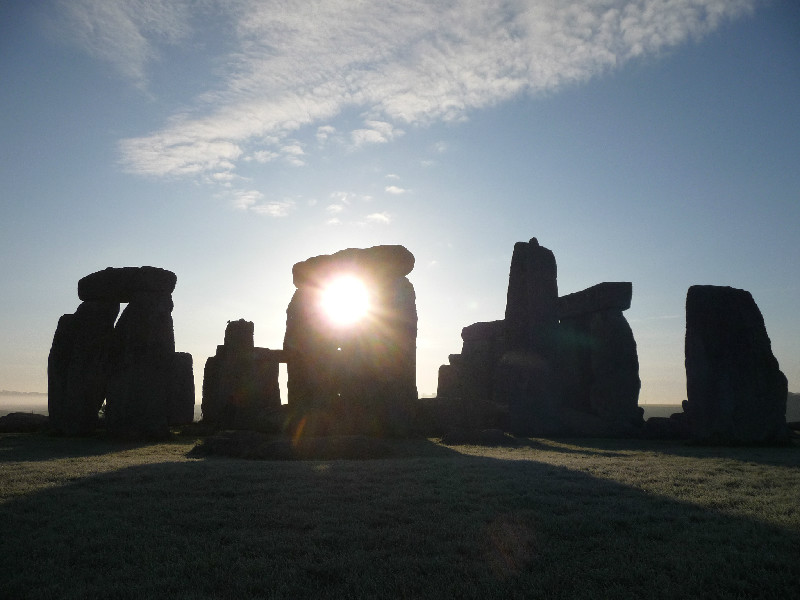
With its concentric rings of stone slabs, England's Stonehenge is the most architecturally sophisticated prehistoric stone circle in the world, according to UNESCO. The roughly 5,000-year-old structure is remarkable for its sheer size, the shaping of its stones and the sophistication of its design. No one knows why Neolithic people erected Stonehenge in a shallow valley in Wiltshire, although speculation abounds. Some say the structure served as an astronomical calendar, and more recently, that the stones were placed to create a particular acoustic illusion.
Looking Down
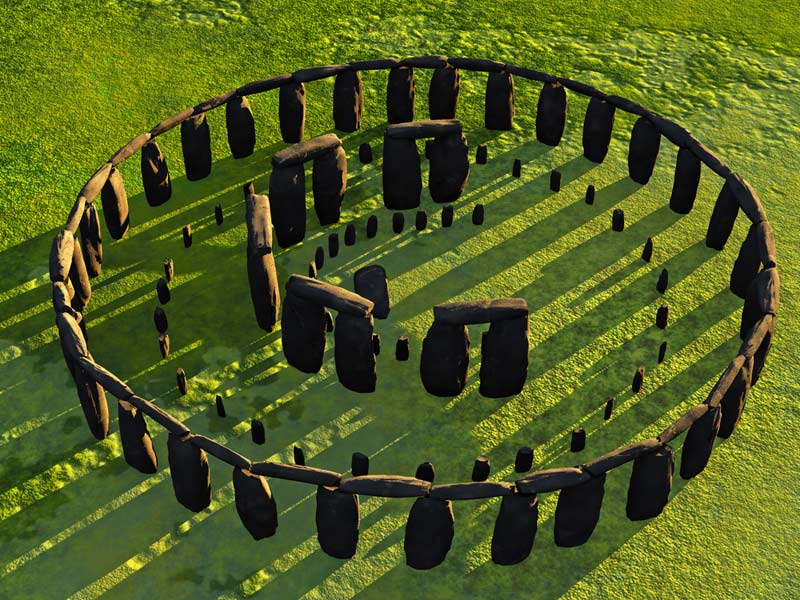
What makes Stonehenge unique? For one, its design, which includes huge horizontal stone lintels capping the outer circle and sitting atop the vertical slabs called trilithons, locked together by joints. In addition, the structure includes two different kinds of stones called Bluestones and Sarsens, the largest of which weighs more than 40 tons, according to UNESCO.
Through the Millennia
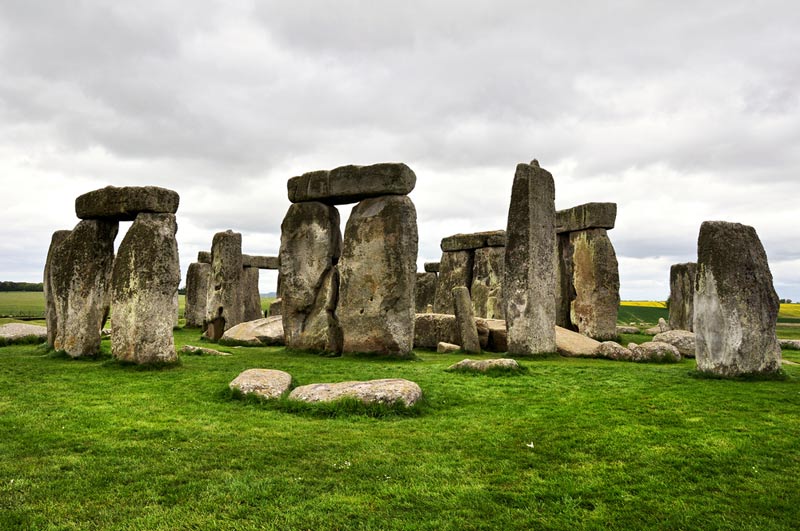
The Stonehenge site dates to the Late Neolithic period, around 3000 BC, but following the initial construction Stonehenge was continually modified throughout the early Bronze Age with the last phase dated to about 1600 BC, according to the University of Oxford.
Bluestone and Sarsen
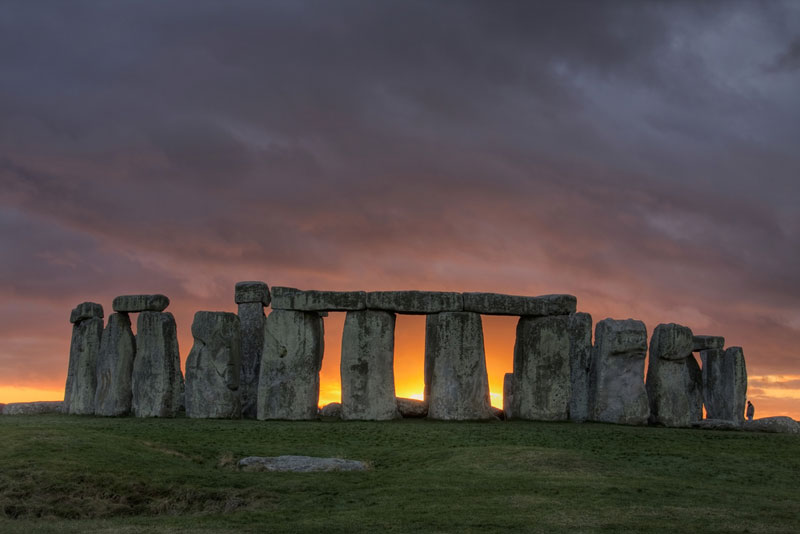
The external wall of the Stonehenge circle is made up of 60-million-year-old sarsen sandstone, according to EARTH magazine. These are the giants of the monument, whereas the smaller bluestones, which weigh about 4 tons, are arranged in a circle inside the sarsen circle as well as in a horseshoe arrangement within the sarsen trilithon horseshoe (trilithons are the two vertical stones, or posts, supporting a horizontal lintel).
Summer at Stonehenge

In the Northern Hemisphere, the 2011 summer solstice will take place on Tues., June 21 at 1:16 p.m. EDT (10:16 a.m. PDT). At that time, the sun will reach the point where it’s farthest north of the celestial equator. The solstice will mark the official start of summer for the Northern Hemisphere and winter in the Southern Hemisphere.
One of the most well-known summer solstice landmarks is Stonehenge, the prehistoric monument that stands on the Salisbury Plain in Wiltshire, England. The ancient stone circle is thought to be a burial ground that was arranged to face the midsummer sunrise and midwinter sunset. The above photo of the monument was taken during the summer solstice on June 21, 2005.
Floral Offering at Stonehenge
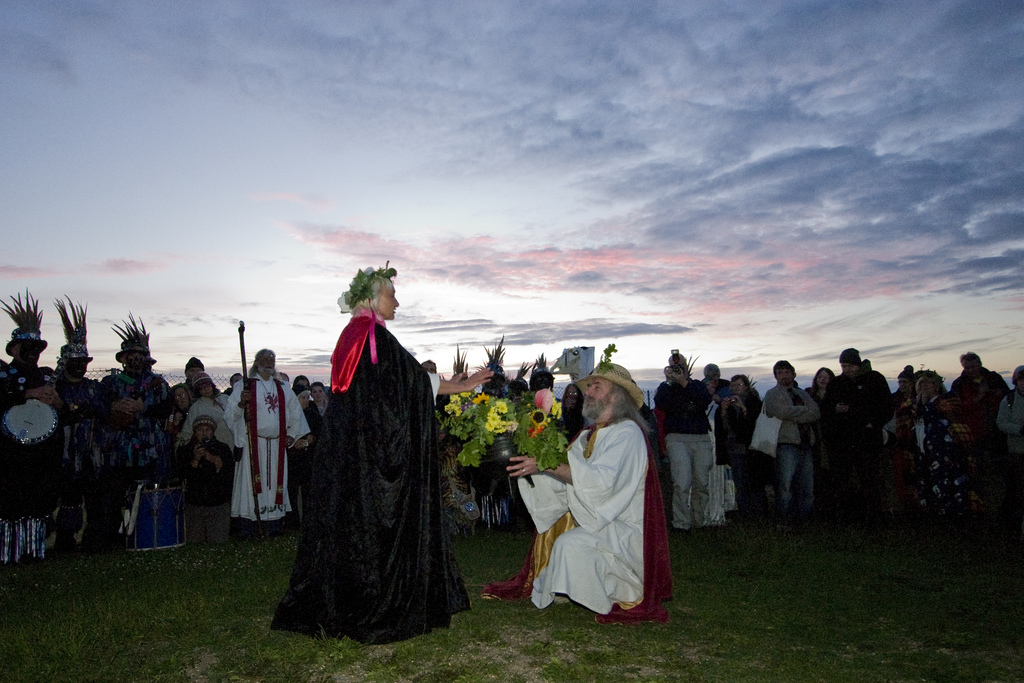
Every summer solstice, tens of thousands of New Agers, neo-pagans, Wiccans and sun-watchers from all over the world gather at Stonehenge to watch the sun rise over the stone ruins on the longest day of the year.
This photo, taken on June 21, 2010, shows a ritual consisting of offering flowers to the sun during the summer solstice as a way of asking for health and happiness. Others make fruit "sacrifices" and burn candles and incense.
A Full-Scale Replica
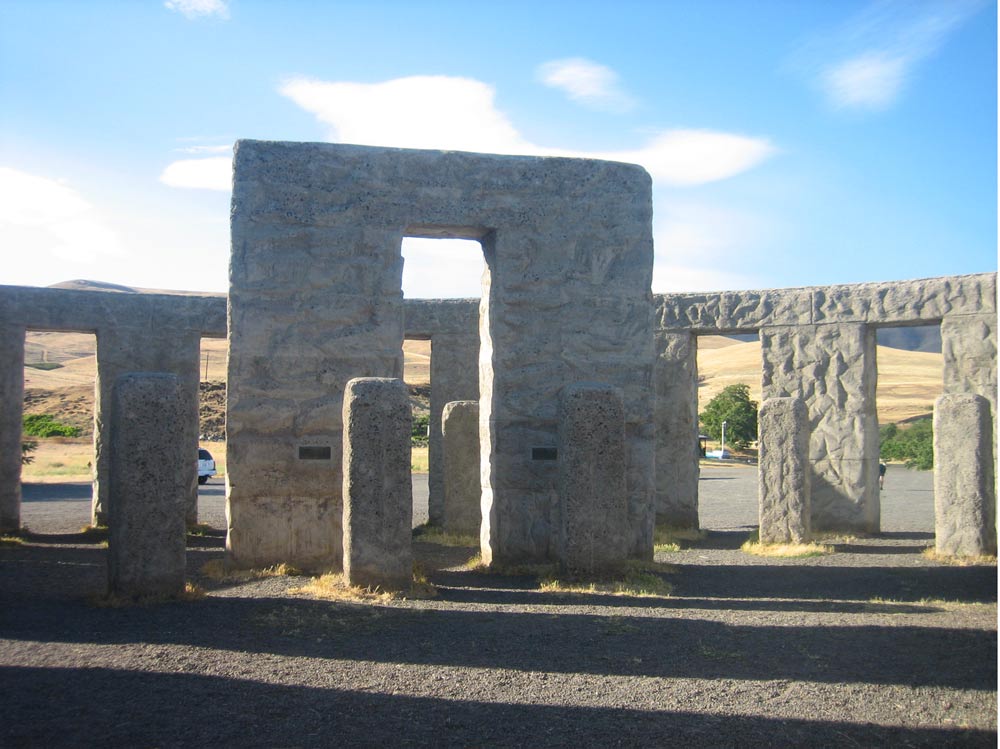
A full-scale replica of Stonehenge stands in Maryhill, Washington. It was dedicated in 1918 to residents who died in World War I. Its builder, Samuel Hill, visited the ancient monument during the war, and was told it was used for human sacrifice by the Druids. Hill connected this story with the loss of life during the Great War, and built the replica as a reminder of those sacrifices and the "incredible folly" of the war, according to the Maryhill Museum of Art.
Sign up for the Live Science daily newsletter now
Get the world’s most fascinating discoveries delivered straight to your inbox.
Mysterious Structure
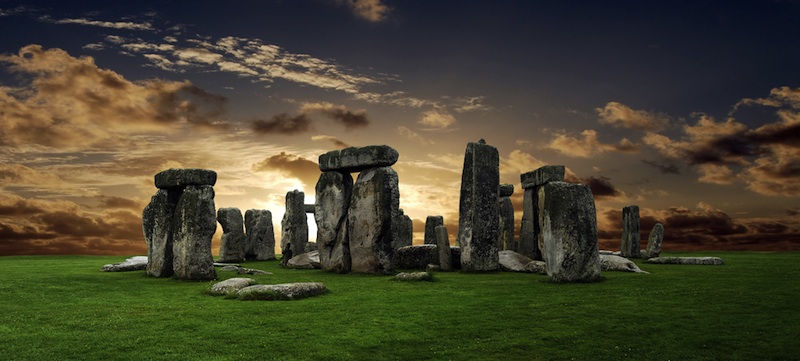
According to a recent theory, Stonehenge may have been constructed to create an acoustic illusion, with stones blocking out sounds made in the center of the circle, creating a pattern of quiet spots. However, this theory is highly speculative, and not everyone who has studied the acoustics of Stonehenge believes there is evidence ancient people designed it with sound in mind.
Ancient Acoustics
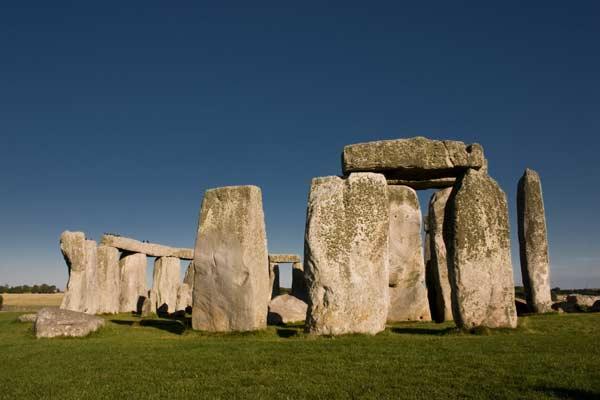
Other work in acoustic archaeology, using Maryhill as a stand in for the now derelict Stonehenge, indicates the original structure created an environment similar to a lecture hall, with diffuse sound waves carrying sound throughout the monument and reverberation extending sounds by close to 1 second.
Stonehenge Sister
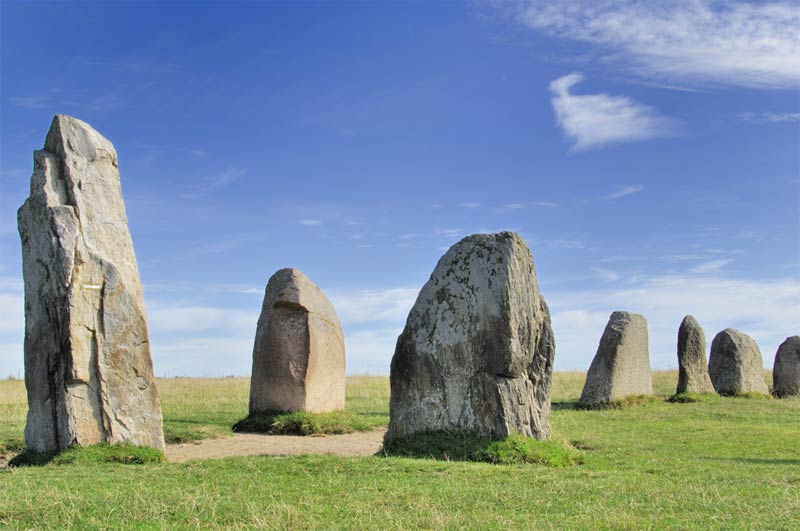
An ancient megalithic structure shaped like a ship in Sweden seems to have a similar geometry to Stonehenge, and may have been used as an astronomical calendar, one scientist says.











